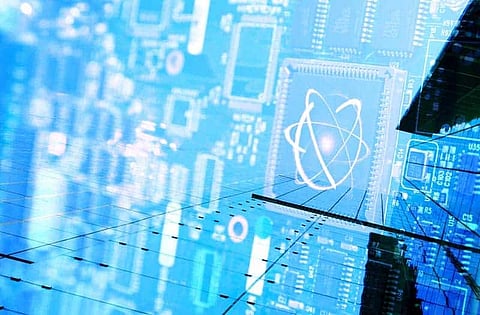
- Insights
- Cryptocurrencies
- Stocks
- White Papers
- Industry
- Geography


With the advancement in technology, we get to hear new technology-related terms on a regular basis. One such term that has is extensively used these days is that of Nanocomputing. Nanocomputing is a term that is coined for the representation and manipulation of data by computers that are smaller than a microcomputer. The devices that we get to see today employ transistors with channels below 100 nanometers in length. Now, this is exactly what draws attention. The aim, now, is to come up with computers that are smaller than 10 nanometers. All the difficulties pertaining to forming computing technology at the nanoscale can now be addressed using nanocomputing.
Nanocomputing – Everything you need to know!
All those real-world problems that posed as an obstacle for all this while can now be taken care of as a result of increased computing power – thanks to the nanocomputers. Well, there is more to this. Gone are the days when any device that was brought in was associated with space constraints. Now that nanocomputers boast of extremely smaller sizes, they hold the potential to fit into any environment. Well, nanocomputers standing the ability to get fitted within the human body isn't surprising either.
Talking about these extremely small-sized computers, there are two categories under this that deserve every bit of your attention – DNA nanocomputers and quantum computers.
